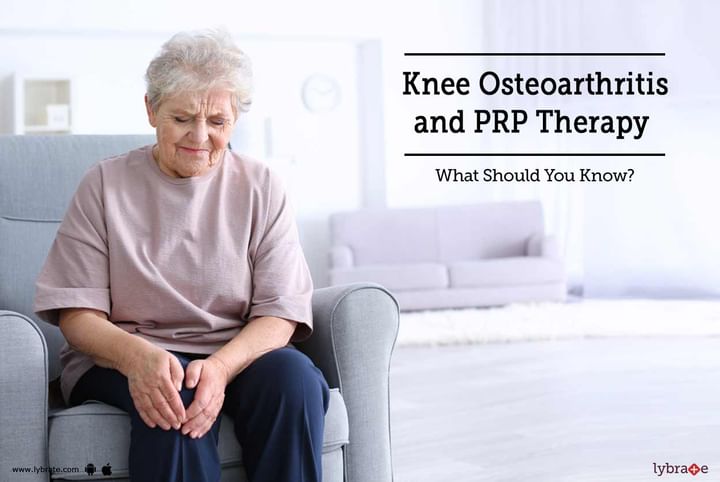Knee Osteoarthritis and PRP Therapy - What Should You Know?
Knee osteoarthritis is a common condition affecting the knee joints. This condition results from age related degeneration of joint cartilage and synovial fluid. This results in excessive stiffness, swelling, pain and decreased mobility due to loss of lubricant functions of joint cartilage.
Treatment for Knee Osteoarthritis:
Treatment for knee osteoarthritis consists of anti inflammatory drugs, lifestyle modifications and knee exercises. In advanced stages where pain is severe or conservative therapy fails, replacement of knee joint is required. In many cases, knee replacement is not feasible or desired due to various reasons. For such cases, other treatment option is available in form of Platelet rich Plasma (PRP) injection in knee joint.
How is PRP therapy done?
The procedure involves drawing a sample of blood from the patient and then placing it in a Centrifuge machine which extracts the Platelet rich plasma (PRP) constituent from blood.The sample constitutes of platelets (blood cells) which consist of numerous healing and inflammatory chemicals. This PRP sample is injected in the knee joint under sterile precautions. This decreases inflammation, and promotes healing.
Benefits of PRP therapy:
-
The body’s first response to soft tissue injury is to deliver platelets. Platelets carry cells, proteins, and other growth / healing factors that initiate repair and recruit stem cells. PRP therapy’s natural healing process intensifies the body’s efforts by delivering a higher concentration of platelets within the damaged joint. Research has shown PRP therapy to be very effective at relieving pain and returning patients to their normal activities. Both Ultrasound and MRI images have shown definitive tissue repair after PRP therapy, confirming the healing process.
-
The need for knee replacement can also be greatly reduced by promoting repair of cartilage before joint damage becomes extensive. In fact PRP therapy works best when done in early stages of Knee Osteoarthritis.
-
Relieves pain without the risks of surgery or general anesthesia.
-
No hospital stay is required. The procedure is performed safely and takes approximately two hour including preparation and recovery time. In fact, most people return to their jobs or usual activities right after the procedure.
-
Most patients require 2 to 3 sessions of knee PRP therapy.
Side effects of PRP Therapy:
The procedure is free of side effects when done by experienced pain specialists. Since the therapy involves injecting patient's own blood derivative, it is a safe procedure. In case you have a concern or query you can always consult an expert & get answers to your questions!



+1.svg)
